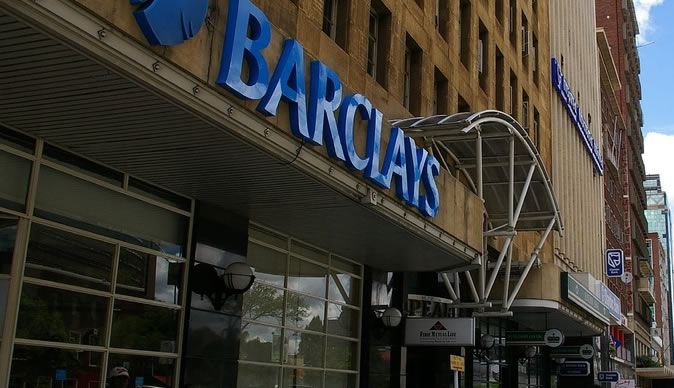


THE performance of local banks appears to be under pressure due to a weakening economy, with key indicators like the return on equity (ROE) and return on assets (ROA) failing to gain traction at a time overheads and non-performing loans are charging, analysts have said. The banking sector’s combined core capital, at US$800 million, is now behind that of Capitec Bank, South Africa’s fifth largest bank, which has US$900 million in core capital.
Among regional peers, the country’s banking system is among the worst performers, new data shows. ROE, which measures how much profit a company generates from funds invested by shareholders, at 13 percent in Zimbabwe, has been trailing regional averages that have been hovering around 21 percent, researchers at advisory firm, IH Securities, indicated in their latest analysis of the sector.
The IH report said ROE climbed to 21 percent in 2011, before retreating to 18 percent in 2012, and to 13 percent last year. This partly explains why investors have avoided banking stocks on the Zimbabwe Stock Exchange. The banking sector has been dealt a blow by a liquidity crunch, waning confidence and the absence of a lender of last resort. But, apparently, indications are that the year ahead will be more difficult.
Reserve Bank of Zimbabwe (RBZ) deputy governor, Kupukile Mlambo, said while the sector remained profitable after generating aggregate after tax income of US$20,5 million during the first quarter of this year, five banks plunged to losses during the period. After outperforming regional peers in terms of ROA in 2011, banks’ profitability has been sliding. “The return levels in Zimbabwe have been declining since 2011,” said IH.
“Sector ROAs have been on a downward trend since (2011), while regional ROAs have increased by close to one percent. ROAs have averaged 2,17 percent for Zimbabwean banks, compared to 2,98 percent for the region over the last five years,” said IH. Total income shed US$2 million last year, from US$400 million in 2012, while net interest margins (NIM) came down to 10 percent in 2013, from 11,7 percent in 2010.
NIM could have been higher had banks not been forced to keep high levels of non-interest earning funds in their vaults due to the transitory nature of deposits. The ratio of non-interest expenses to net revenue stood at 73 percent in Zimbabwe last year, compared to about 50 percent in Ghana and 43 percent in Mauritius, meaning Zimbabwe has some of the most expensive banks to run in the region, the researchers noted. Local banks have been charging exorbitant interest rates of over 30 percent.
But following an outcry last year, they signed a Memorandum of Understanding with the RBZ where they undertook to reduce interest rates, scrape high charges and pay interest on deposits. However, at least US$48 million was lost in the sector after profitability slumped in response to the interest rate deal. While the sector outperformed the region in ROA, an indicator of how profitable a company is relative to its total assets, the ratio has been tracking a downward trend since 2011.
Zimbabwe’s banks have also been troubled by high operational costs in relation to their incomes. The ratio of non-interest expenses to net revenue stood at 73 percent in 2013, compared to about 50 percent in Ghana and 43 percent in Mauritius, said IH. When the banking sector slid into a crisis in 2004, many assumed the industry would not take long to recover from the turbulent period. But it is now in its 10th year, with very little prospects of a correction.
newsdesk@fingaz.co.zw